Home>Home Appliances>Bathroom Appliances>How To Determine Your Weight Without A Scale
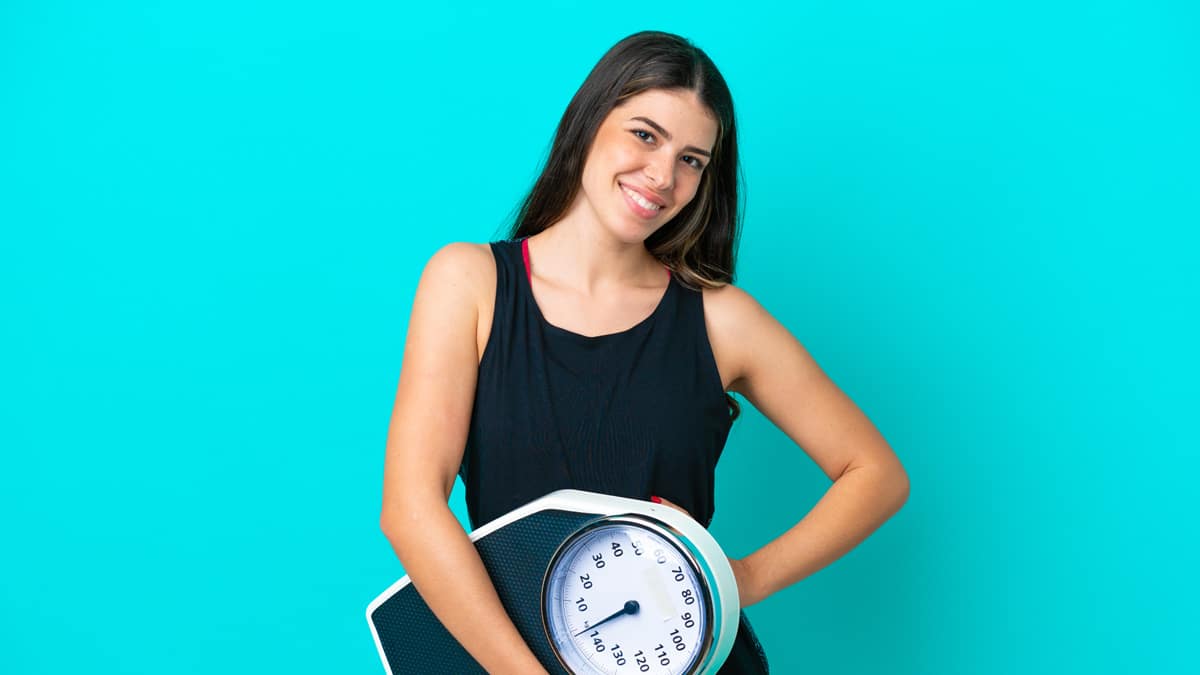

Bathroom Appliances
How To Determine Your Weight Without A Scale
Published: February 13, 2024
Learn how to measure your weight without a scale using simple bathroom appliances. Discover alternative methods to track your weight at home.
(Many of the links in this article redirect to a specific reviewed product. Your purchase of these products through affiliate links helps to generate commission for Storables.com, at no extra cost. Learn more)
Using Body Measurements
Taking body measurements is an effective way to determine your weight without using a scale. By measuring various parts of your body, you can gain valuable insights into your overall health and fitness progress. Here's how you can use body measurements to track changes in your weight and body composition:
-
Waist Circumference: Measure the circumference of your waist at the narrowest point, typically just above the navel. A change in waist circumference can indicate changes in body fat levels, even if your weight remains the same.
-
Hip Circumference: Measure the circumference of your hips at the widest point. Comparing your waist and hip measurements can provide information about your body shape and distribution of fat.
-
Neck Circumference: Measuring your neck circumference can also offer insights into changes in body composition, especially for individuals focusing on strength training and muscle development.
-
Body Fat Percentage: While not a direct measurement of weight, tracking your body fat percentage can be a more accurate indicator of changes in body composition. There are various methods to estimate body fat percentage, including skinfold calipers, bioelectrical impedance scales, and DEXA scans.
-
Progress Photos: In addition to measurements, taking regular progress photos can visually document changes in your body shape and size. Comparing these photos over time can reveal transformations that may not be reflected in weight alone.
By consistently tracking these body measurements, you can monitor your progress and make adjustments to your fitness and nutrition regimen as needed. Remember that individual body composition and weight distribution can vary, so it's essential to focus on overall health and well-being rather than just the number on the scale.
Key Takeaways:
- Track your weight without a scale by measuring your body, assessing clothing fit, and comparing photos. Focus on overall health and well-being, not just the number on the scale.
- Use a body fat percentage calculator to understand your body composition. It’s a holistic approach to health and fitness, empowering you to set realistic goals and make informed decisions.
Read more: How To Know If Your Weight Scale Is Accurate
Assessing Your Clothing Fit
Assessing the fit of your clothing is an ingenious method to gauge changes in your body weight and shape without relying on a scale. Our bodies have a remarkable way of signaling weight fluctuations, and one of the most tangible indicators is how our clothes fit. Here's how you can effectively use your clothing as a barometer for changes in your body:
Pay Attention to How Your Clothes Feel
The way your clothes fit and feel on your body can provide valuable insights into any weight changes. If your clothing feels tighter or looser than usual, it could indicate fluctuations in your body weight. Pay attention to the snugness of waistbands, the fit of shirts and blouses around the chest and arms, and the comfort of pants and skirts around the hips and thighs.
Monitor Changes in Clothing Sizes
If you find yourself reaching for a smaller or larger clothing size than you typically wear, it could be a clear indication of changes in your body weight and shape. While clothing sizes can vary between brands and styles, consistent changes in the sizes you wear across different garments can signify a shift in your body measurements.
Observe the Fit of Specific Garments
Certain garments, such as tailored suits, dresses, or jeans, can provide precise feedback on changes in your body shape. Pay attention to how these specific items fit around the waist, hips, and shoulders. If you notice significant alterations in the way these garments fit, it may indicate changes in your body composition.
Read more: How To Make Your Weight Lighter On A Scale
Take Note of Comfort and Mobility
Beyond just the visual fit of your clothing, consider how comfortable and mobile you feel while wearing them. Changes in body weight can impact your comfort level and range of motion in certain garments. If you find yourself feeling more restricted or more at ease in specific clothing items, it could be a sign of changes in your body weight and shape.
By being mindful of how your clothing fits and feels on your body, you can gain valuable insights into your body's changes without relying solely on a scale. This intuitive approach allows you to adapt to your body's natural fluctuations and make informed decisions about your health and fitness journey. Remember, the way you feel in your clothes is just as important as the way they look on you.
Comparing Photos Over Time
Comparing photos over time is a compelling and visual method to track changes in your body without relying on a scale. The human body undergoes subtle transformations that may not always be reflected in numerical measurements. By capturing and comparing photos at different intervals, you can gain valuable insights into your physical development and overall well-being.
When comparing photos over time, it's essential to maintain consistency in the way the photos are taken. To ensure accurate comparisons, follow these guidelines:
Lighting and Poses
Consistent lighting and poses are crucial for an accurate visual assessment of changes in your body. Choose a well-lit area with natural light or evenly distributed artificial lighting to capture clear and consistent images. Additionally, maintain similar poses and angles in each photo to facilitate a fair comparison.
Clothing and Background
Wearing form-fitting clothing or minimal attire can provide a clearer depiction of your body's changes. Selecting a neutral background can help direct the focus solely on your body, allowing for a more accurate evaluation of any physical transformations.
Front, Side, and Back Views
Capturing photos from multiple angles, including front, side, and back views, offers a comprehensive view of your body's changes. Each angle provides unique insights into alterations in body shape, posture, and muscle definition, contributing to a holistic assessment of your progress.
Regular Intervals
Taking photos at regular intervals, such as every few weeks or months, allows for a detailed visual timeline of your body's changes. Consistency in the timing of these photos enables you to observe gradual developments and identify patterns in your physical transformation.
By comparing these photos over time, you can observe subtle changes in your body's composition, muscle definition, posture, and overall physique. This method not only serves as a motivational tool but also provides a tangible representation of your hard work and dedication to your health and fitness journey.
Remember, the human body is dynamic, and changes may occur gradually. Embracing the process of comparing photos over time can foster a deeper understanding of your body's unique progression, empowering you to make informed decisions about your health and fitness goals. It's not just about the physical changes captured in the photos, but also about the journey and the dedication that each image represents.
Using a Body Fat Percentage Calculator
Utilizing a body fat percentage calculator is a practical and insightful approach to assessing your weight and overall body composition without relying solely on traditional scales. Body fat percentage serves as a crucial indicator of health and fitness, offering a more comprehensive understanding of your body's composition beyond just weight. By incorporating a body fat percentage calculator into your wellness routine, you can gain valuable insights into your physical progress and make informed decisions about your fitness and nutrition goals.
Understanding Body Fat Percentage
Body fat percentage represents the proportion of fat mass in relation to your total body weight. Unlike overall weight, which includes muscle, bone, and water weight, body fat percentage specifically quantifies the amount of fat in your body. This metric is essential for evaluating your body composition and can provide a more accurate reflection of your health and fitness status.
Importance of Body Fat Percentage
Monitoring your body fat percentage is crucial for several reasons. It offers insights into your overall health, as excessive body fat has been linked to various health risks, including cardiovascular disease, diabetes, and metabolic disorders. Additionally, tracking changes in body fat percentage can help assess the effectiveness of your fitness and nutrition regimen, allowing you to make adjustments based on your specific goals.
Using a Body Fat Percentage Calculator
There are various methods for calculating body fat percentage, ranging from simple measurements to advanced technologies. Common techniques include skinfold caliper measurements, bioelectrical impedance analysis (BIA) scales, hydrostatic weighing, and DEXA scans. Additionally, online body fat percentage calculators utilize input such as age, gender, height, weight, and waist circumference to estimate body fat percentage.
Benefits of Tracking Body Fat Percentage
By regularly tracking your body fat percentage, you can gain a deeper understanding of your body's composition and make informed decisions about your fitness journey. Unlike weight alone, changes in body fat percentage can indicate improvements in muscle mass, reductions in fat mass, and overall enhancements in body composition. This nuanced approach allows you to focus on achieving a healthy balance of lean muscle and optimal fat levels, contributing to your overall well-being.
Empowering Your Fitness Journey
Incorporating a body fat percentage calculator into your wellness routine empowers you to take a holistic approach to health and fitness. By understanding and monitoring your body fat percentage, you can set realistic and personalized goals, track your progress accurately, and make adjustments to your fitness and nutrition strategies based on meaningful data. This proactive approach fosters a sustainable and balanced approach to achieving and maintaining a healthy body composition.
Read more: How To Reset A Weight Scale
Embracing a Comprehensive Perspective
Ultimately, utilizing a body fat percentage calculator complements traditional weight measurements, providing a more comprehensive perspective on your body's transformation. Embracing this multifaceted approach to tracking your health and fitness journey allows you to celebrate non-scale victories, prioritize overall well-being, and make informed choices that align with your individual goals and aspirations.
By integrating the insights gained from tracking body fat percentage, you can embark on a journey that transcends mere numbers, focusing on sustainable and holistic well-being. Remember, your body is a reflection of your dedication, resilience, and commitment to nurturing a healthy and balanced lifestyle.
Frequently Asked Questions about How To Determine Your Weight Without A Scale
Was this page helpful?
At Storables.com, we guarantee accurate and reliable information. Our content, validated by Expert Board Contributors, is crafted following stringent Editorial Policies. We're committed to providing you with well-researched, expert-backed insights for all your informational needs.
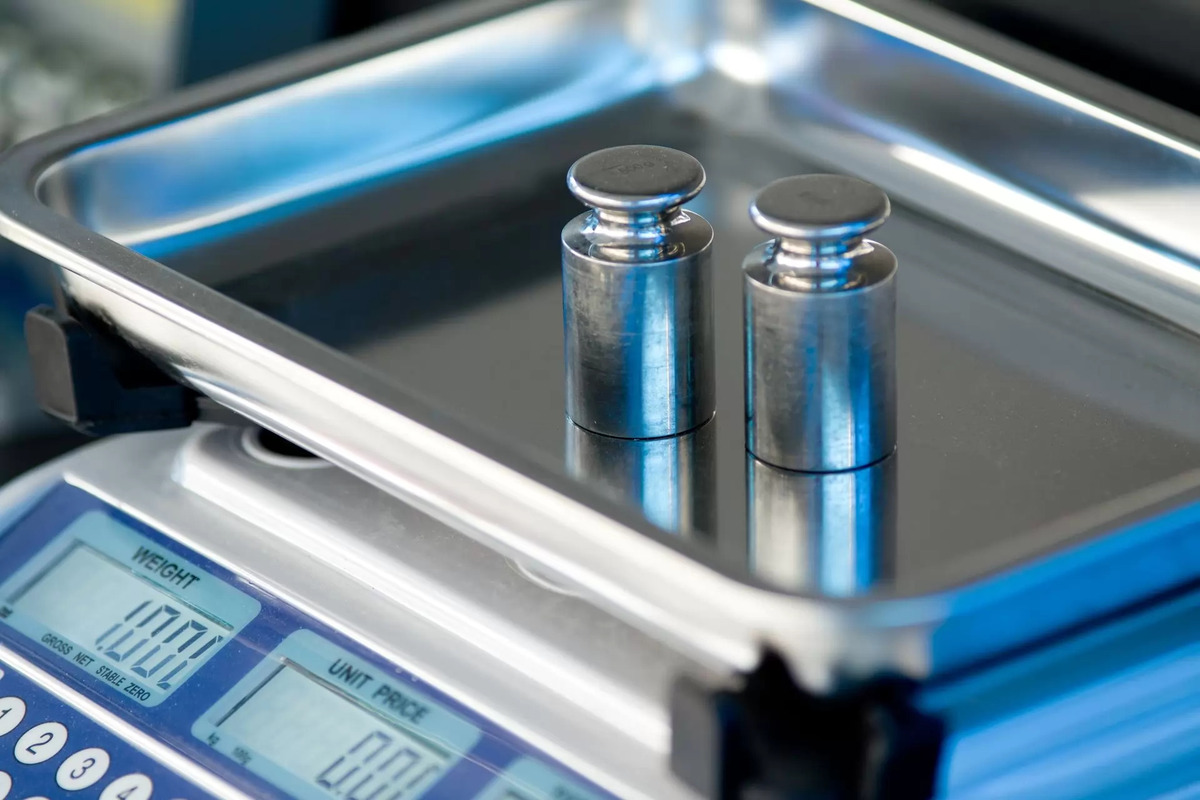
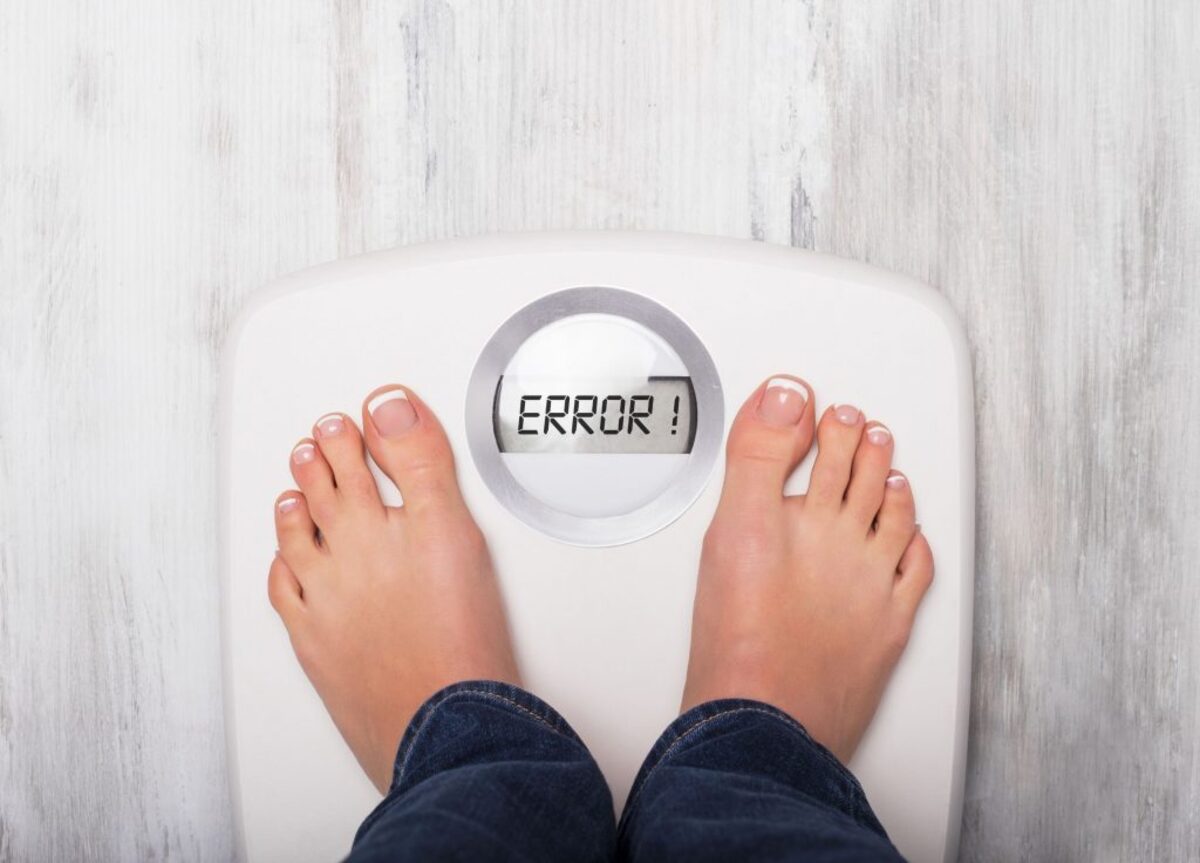
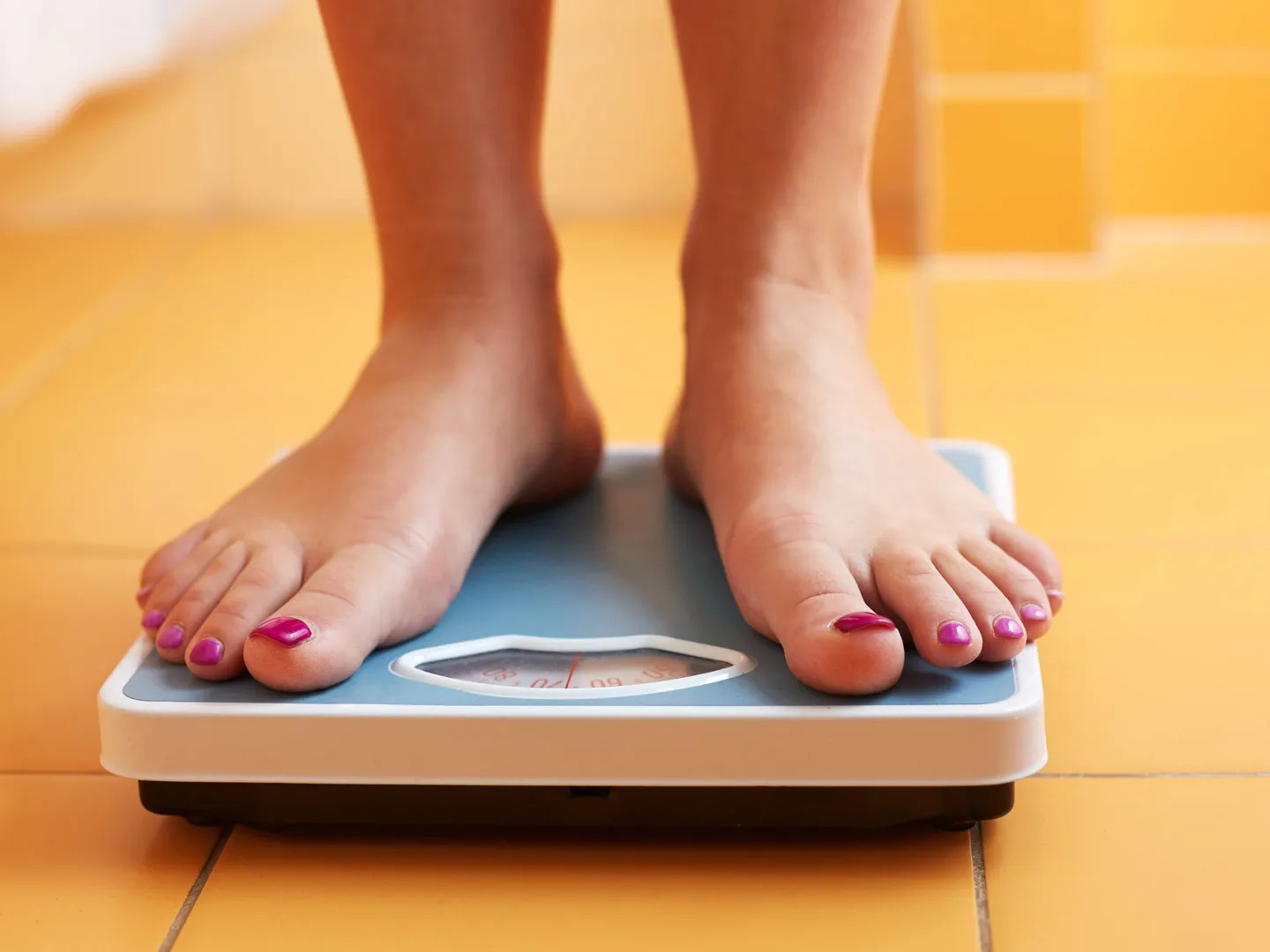
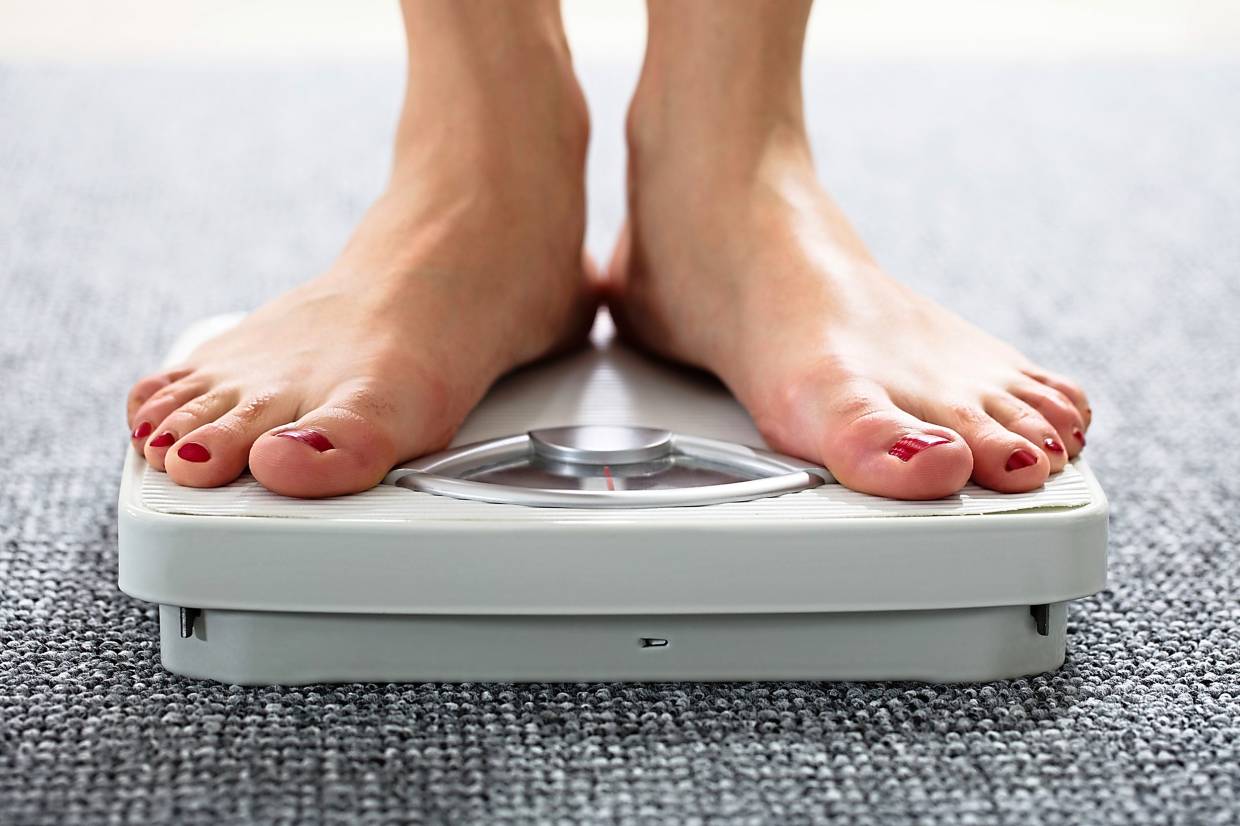
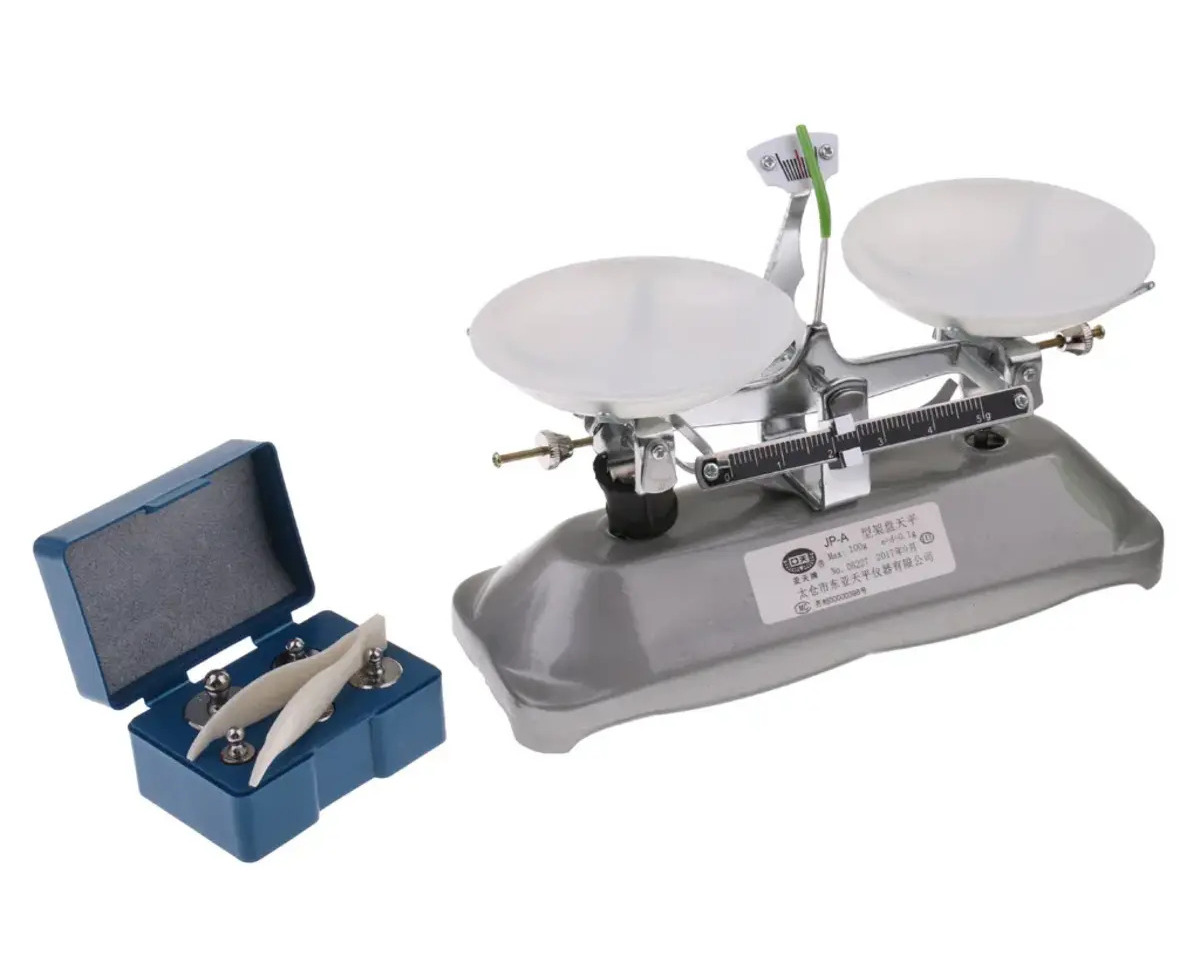
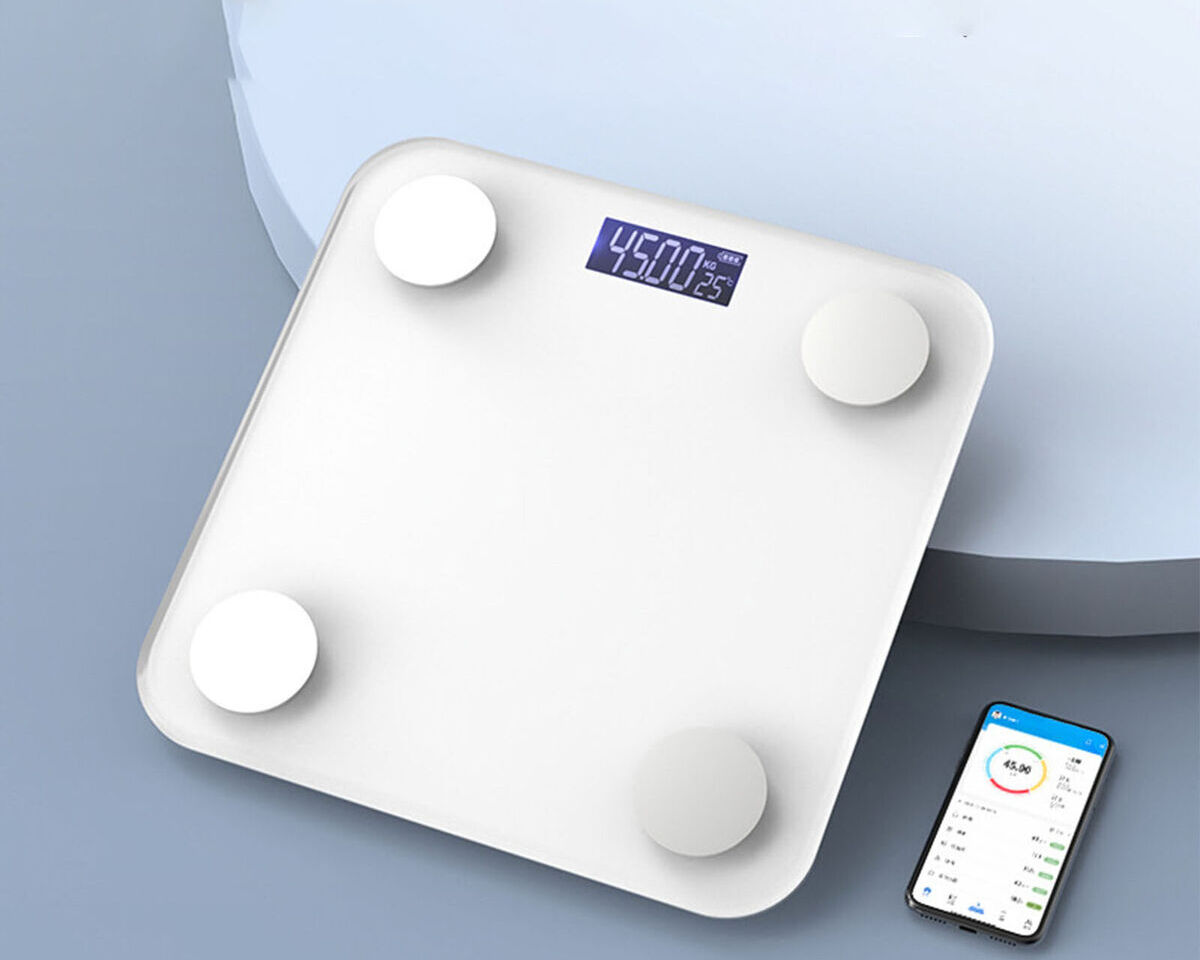
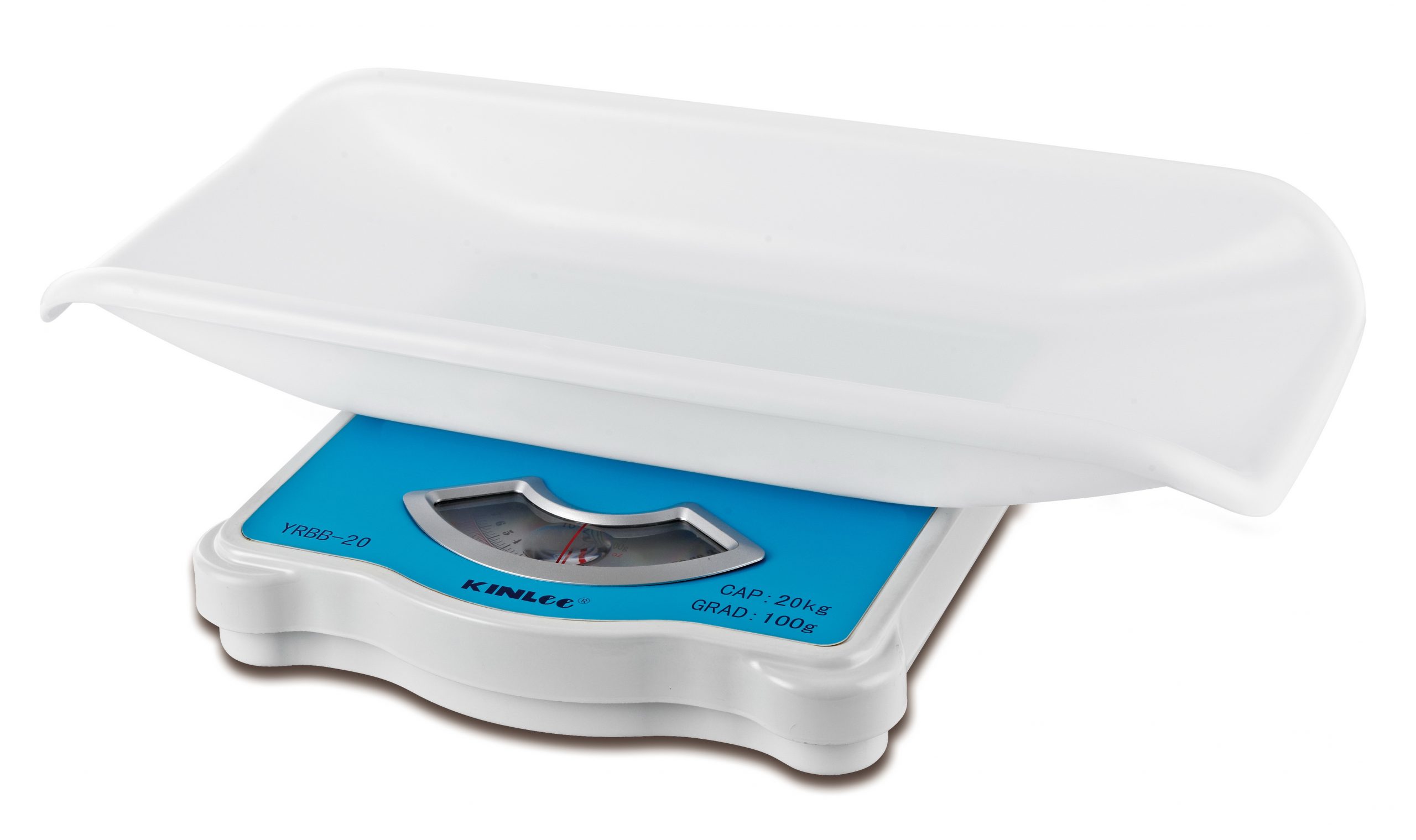
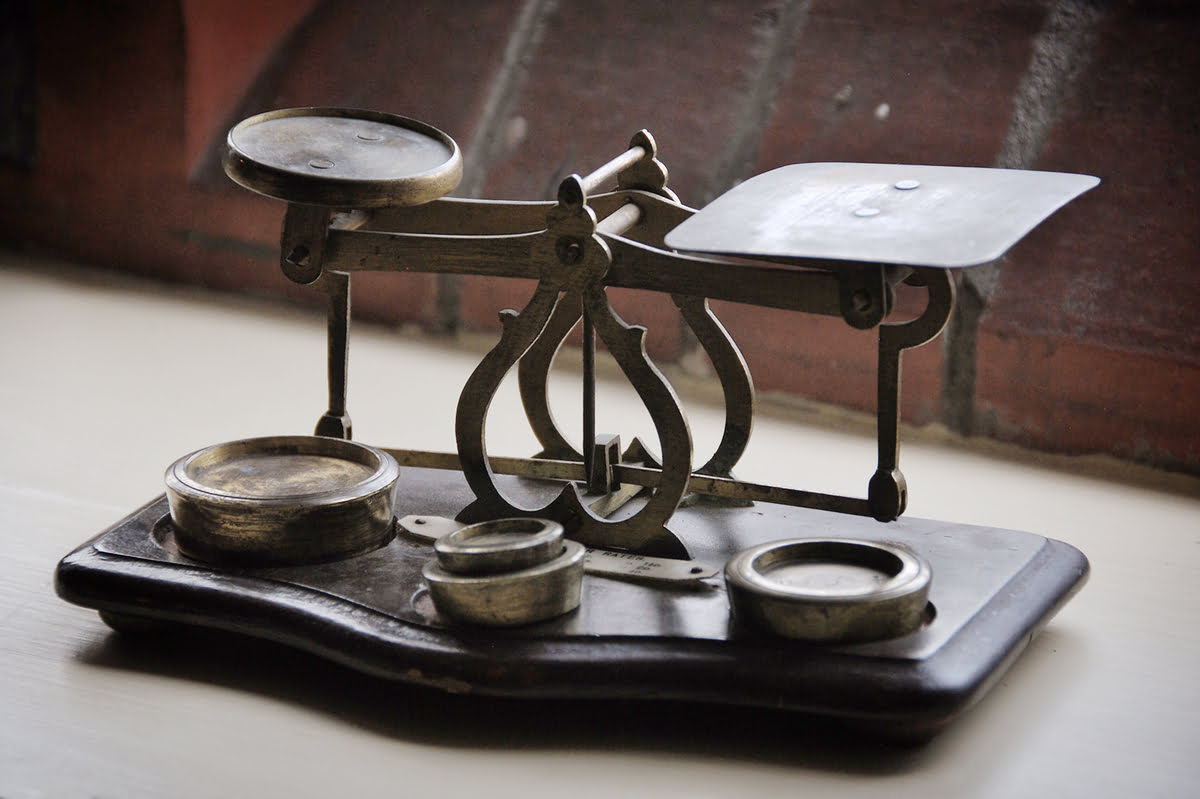
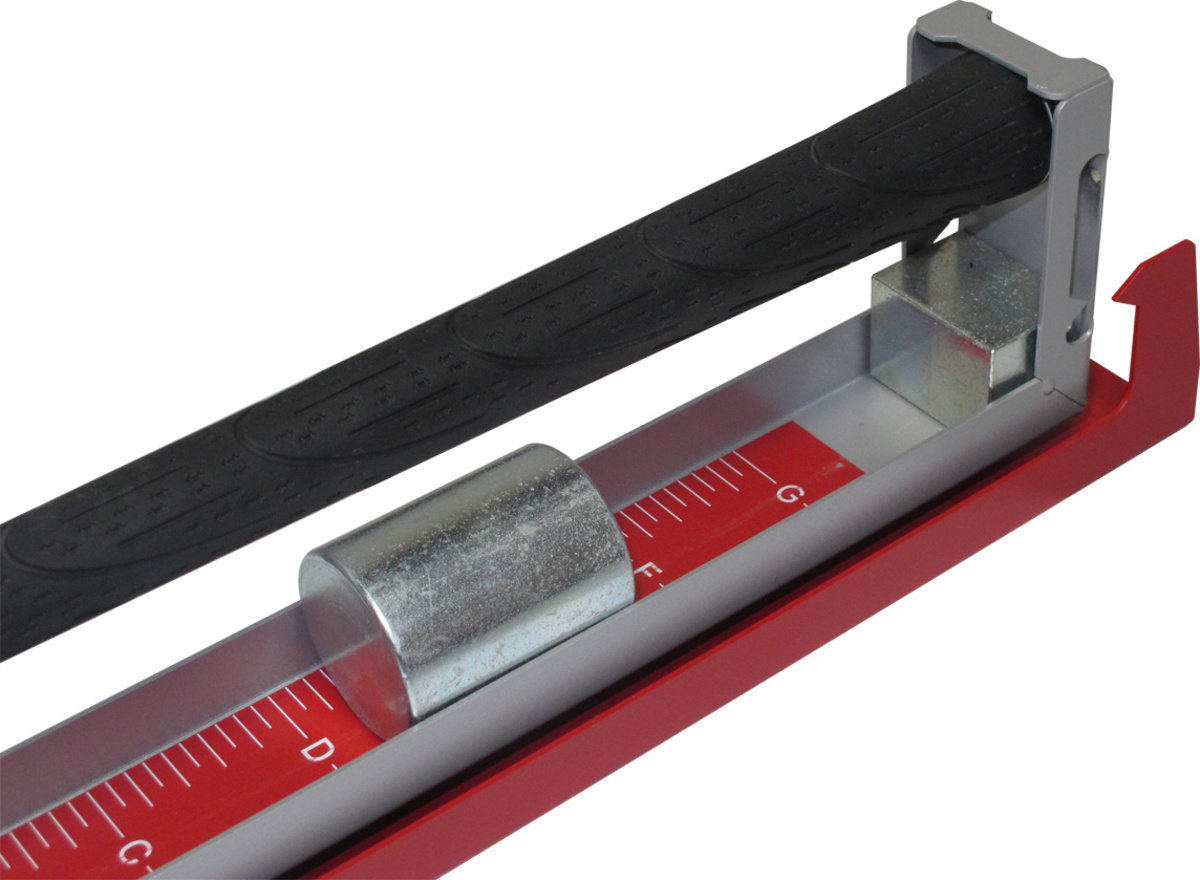
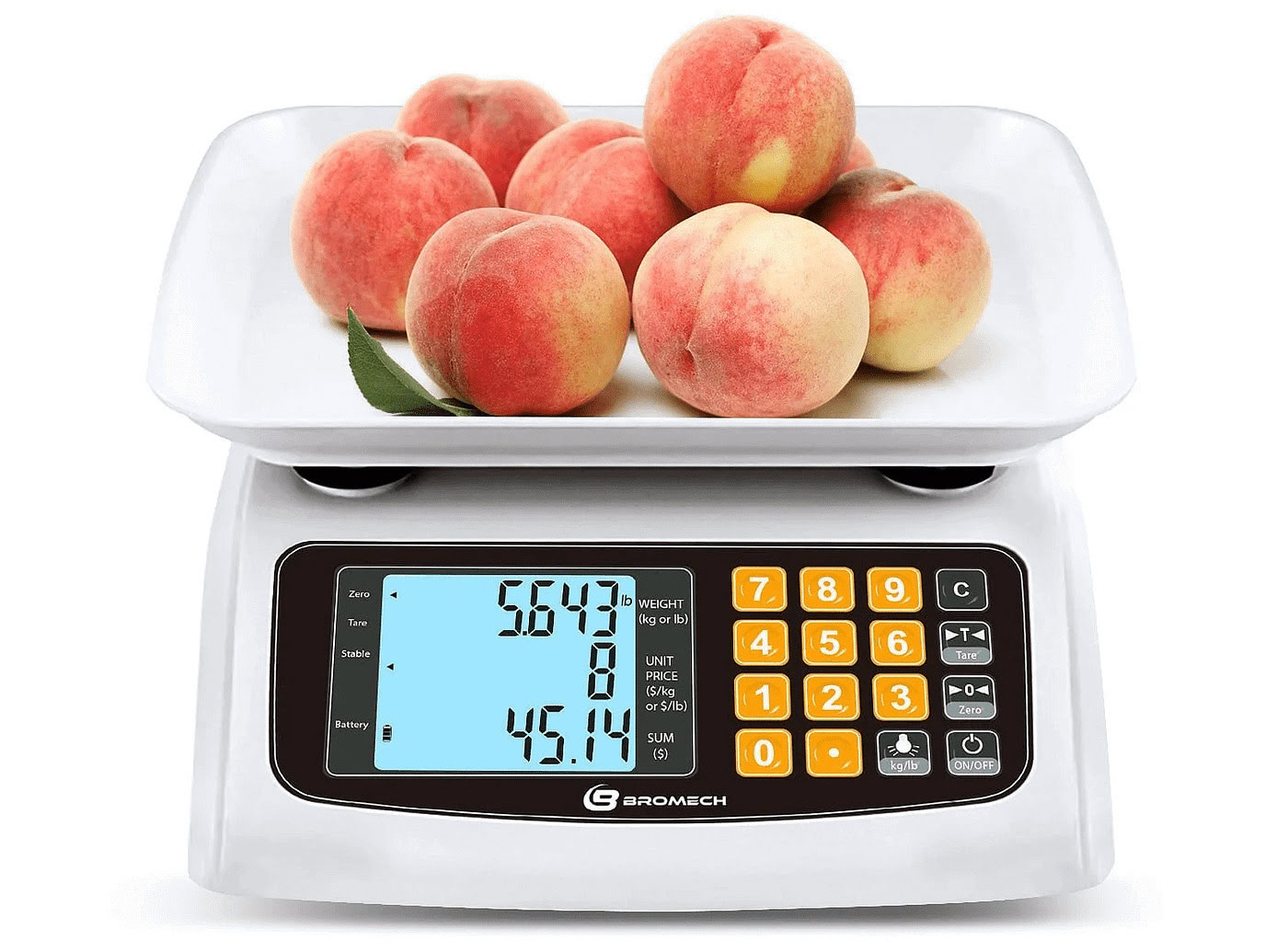
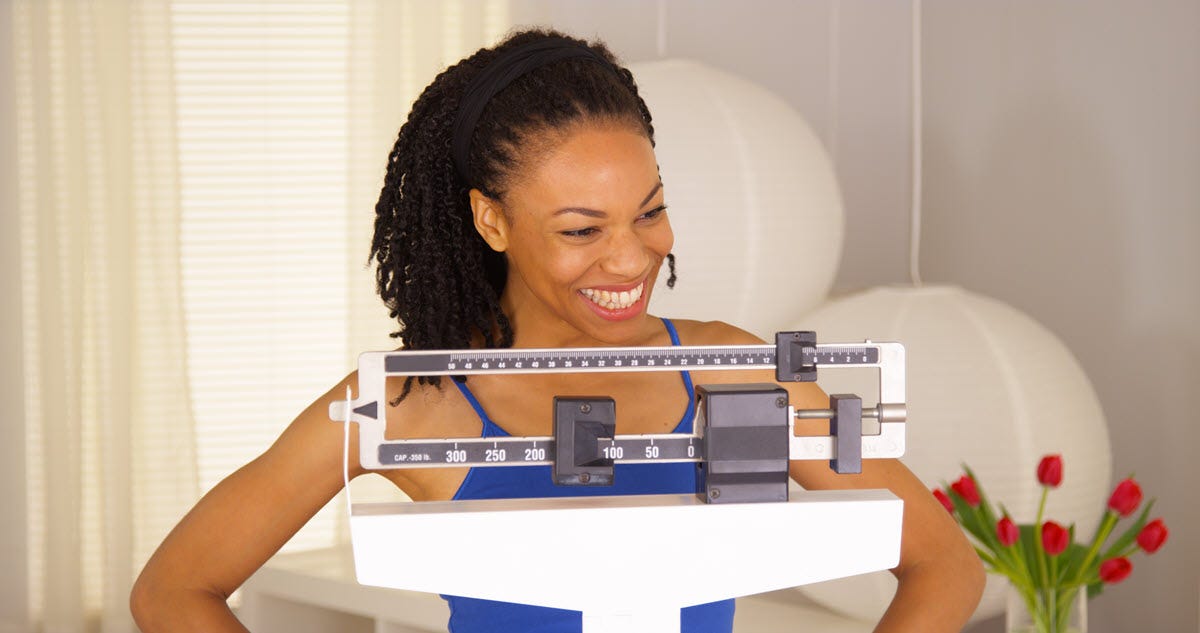

0 thoughts on “How To Determine Your Weight Without A Scale”